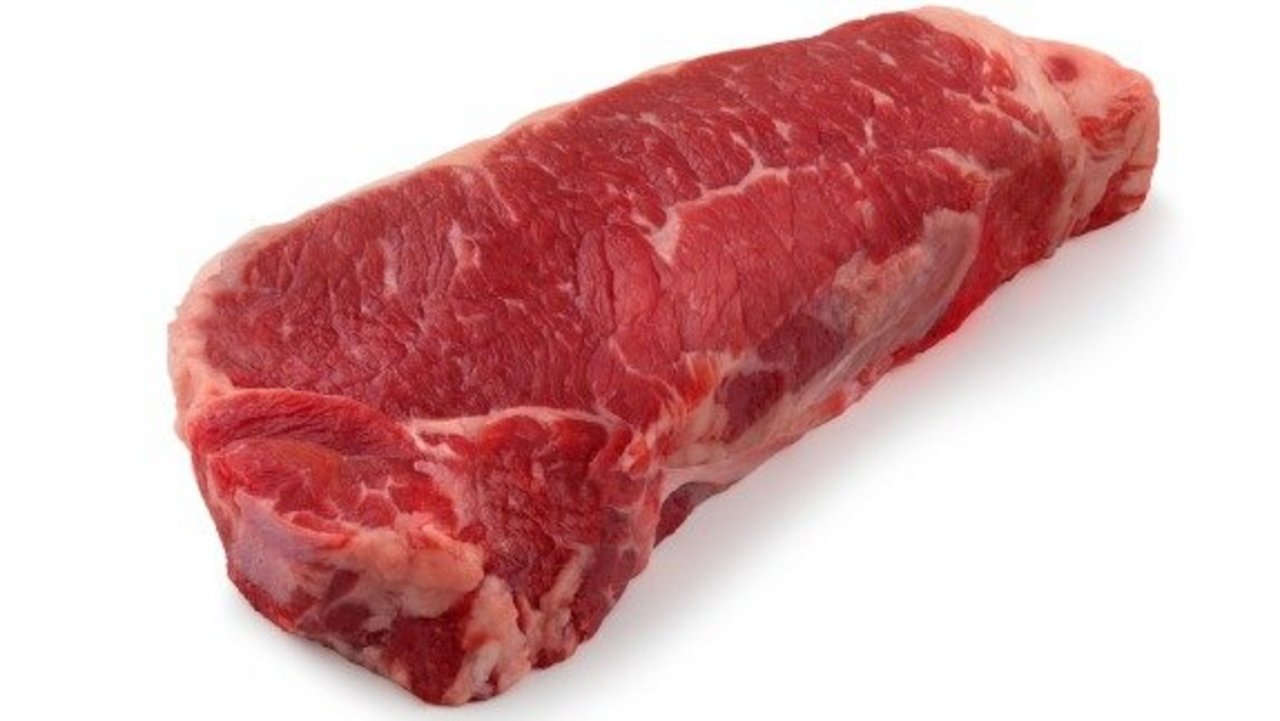Beef cattle – The competitions that have just taken place show that there is always an interest in quality meat, especially during the festive periods when people like to treat themselves. Sales rates are higher than last year, and prices are also better defended in the face of a 13% drop in supply for competitions supported by the FNCAB. A large part of these animals were slaughtered last week to leave the meat a good ten days to mature before Christmas so that it expresses all its tenderness. The top-of-the-range activity loads slaughterhouses, with special care given to competition animals. A large number of supermarkets leave deboning and trimming to slaughterhouses because they do not have the skills in their own structures.
The end-of-year celebrations are fast approaching, with a fundamental question about the postponement of orders for beef in the face of the lack of poultry announced on the shelves, caused by the massive destruction of production by avian flu. Even if households remain concerned about the restriction of their budget to put under the tree, family reunions will always be privileged moments to be able to have fun on Christmas Eve. It remains to get the message across to a public that is mainly in favor of the quality of French meat. The noble cuts (Filets...) are put in reserve for the holidays, while the Rump steak or Côte de Bœuf are selling very calmly.
The meat market remains shaken by the differences in valuation between the countries of northern Europe and France in the dairy reforms which provide more than half of the meat consumed in France. The volumes imported remain substantial, but will they still be so for a very long time. The Netherlands are in an increased phase of decapitalization in the face of the “nitrogen plan”. Agricultural organizations fear a 30% reduction in livestock by 2025. Germany, which benefits from more remunerative tariffs than France on the price of milk, is also in a complicated phase of generational renewal. As for France, the data is known and is not going in the right direction.
The atmosphere in the countryside is better than last year at the same period in the face of more profitable prices for meat, even if these increases are largely undermined by the soaring production costs. Mastering these is the key point of economic success and the solutions exist within a production that is always on the lookout for innovation, whether in farming practices or the search for food self-sufficiency.
